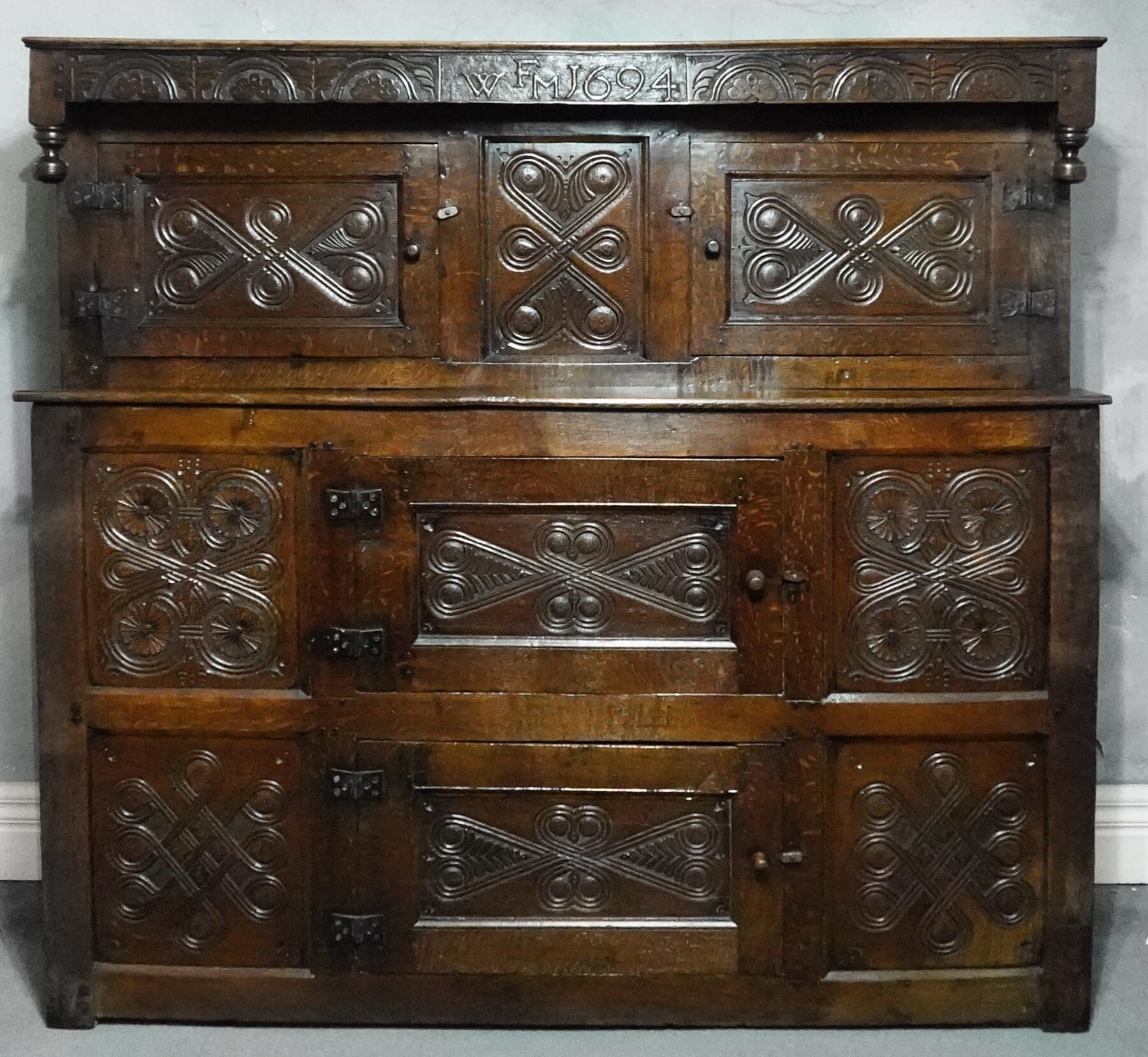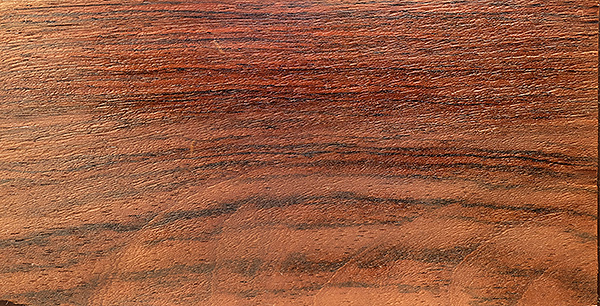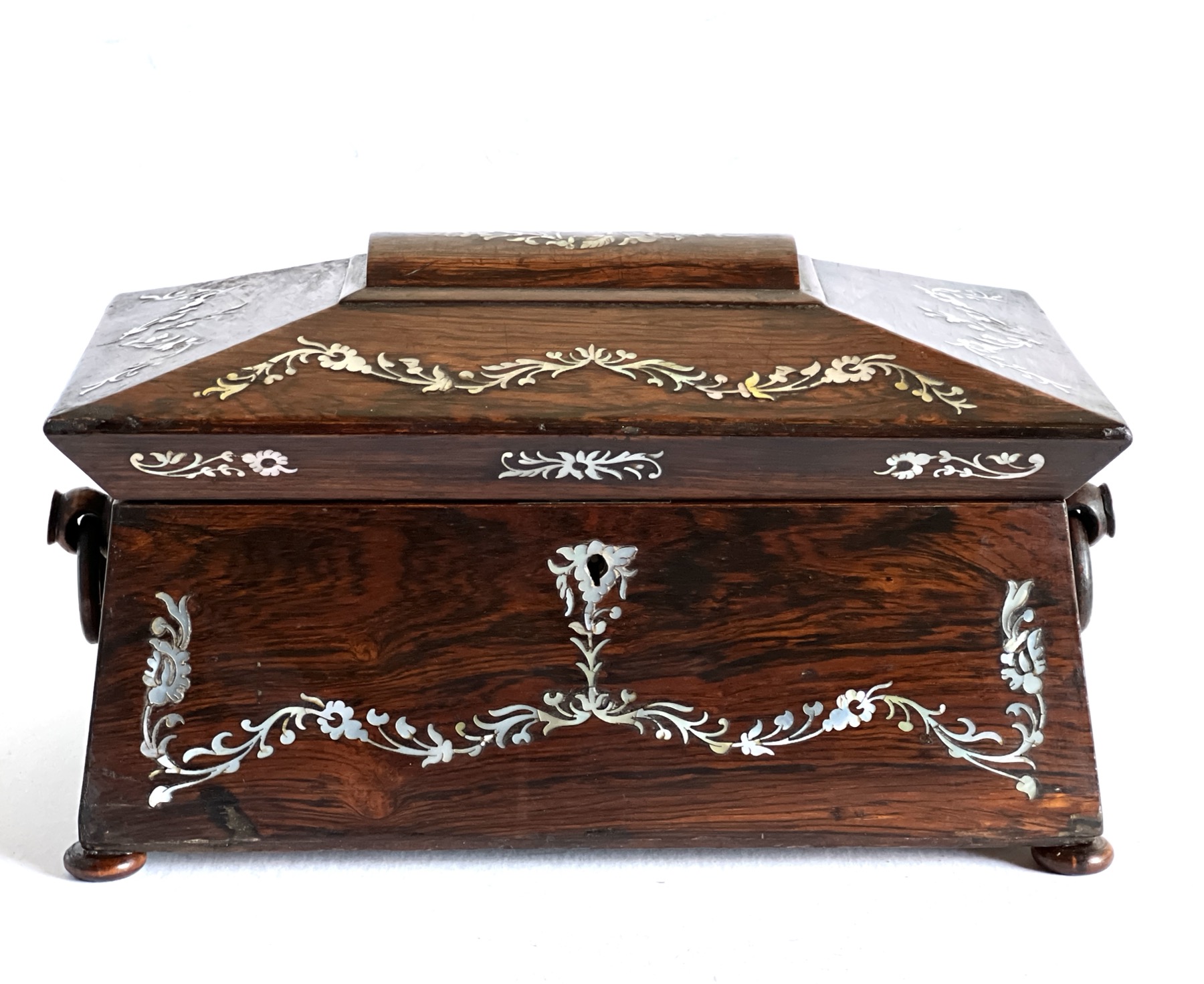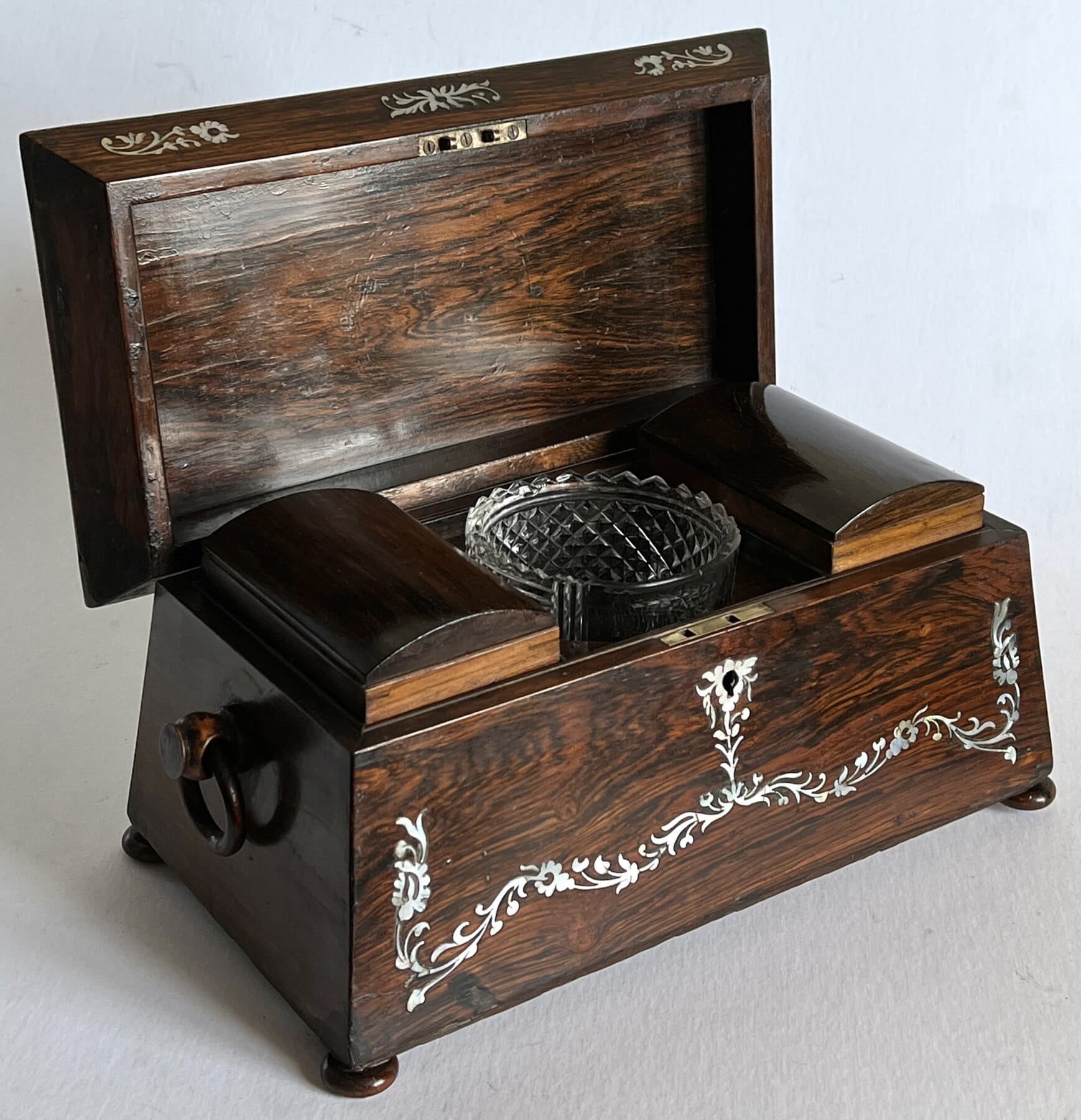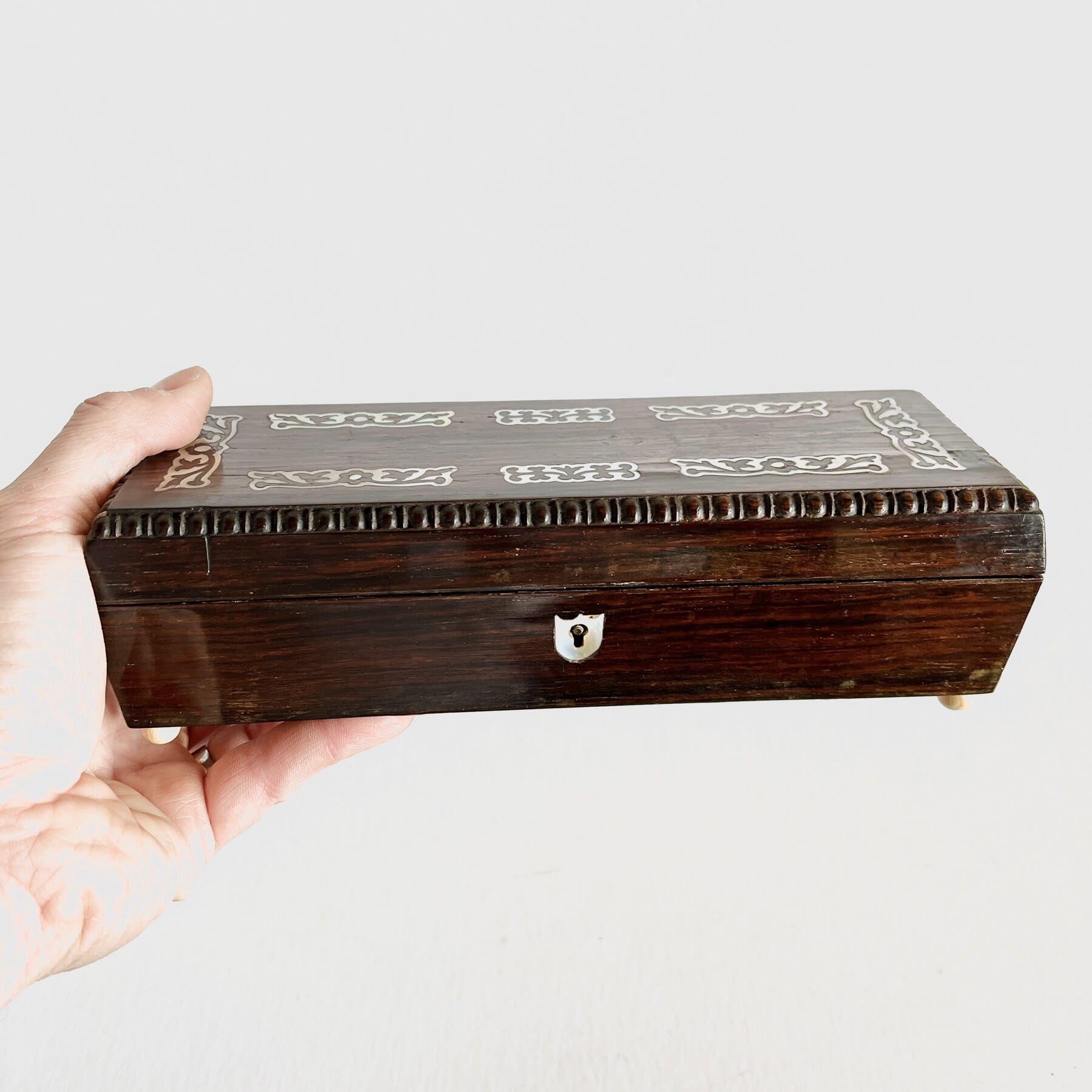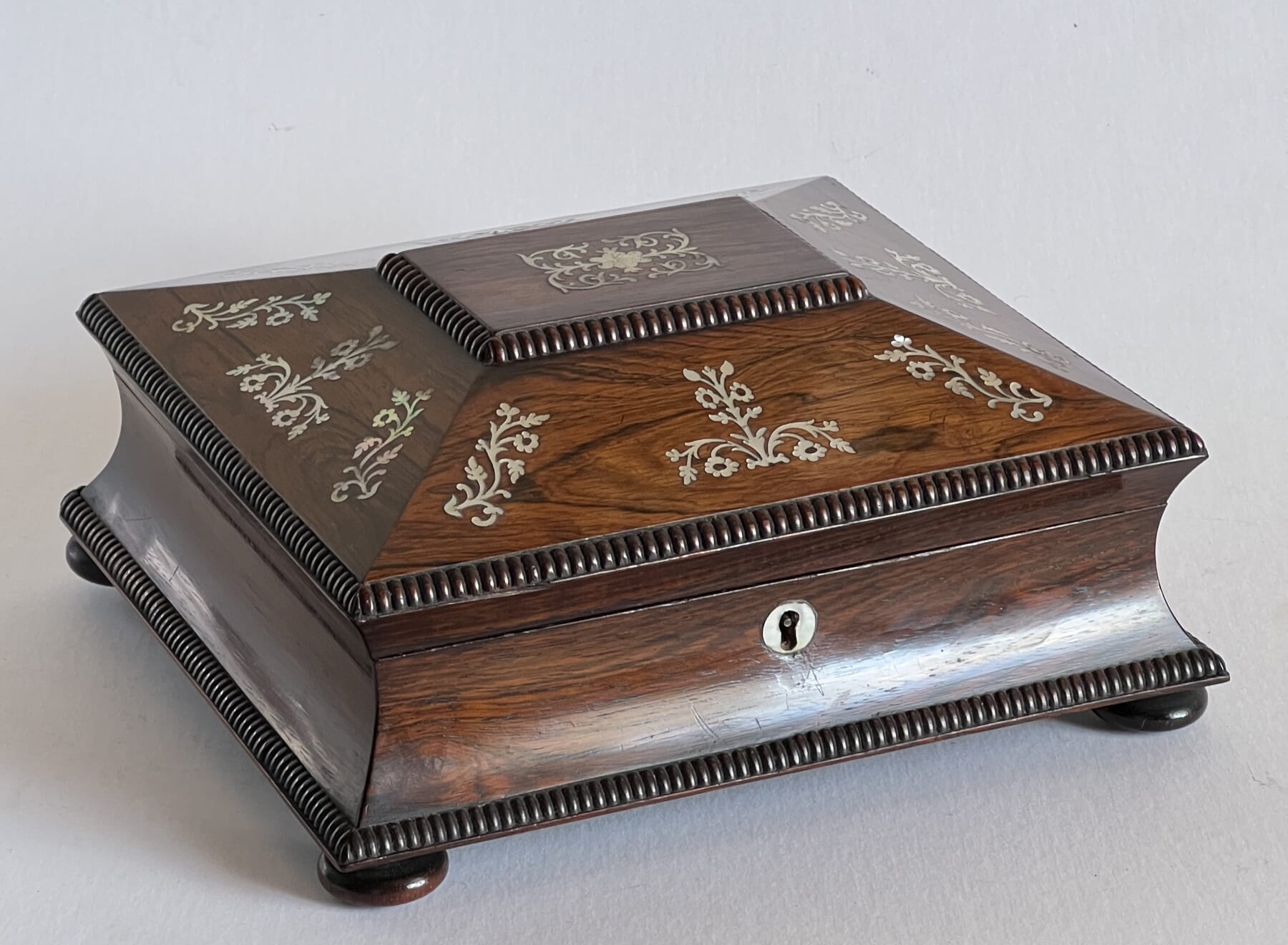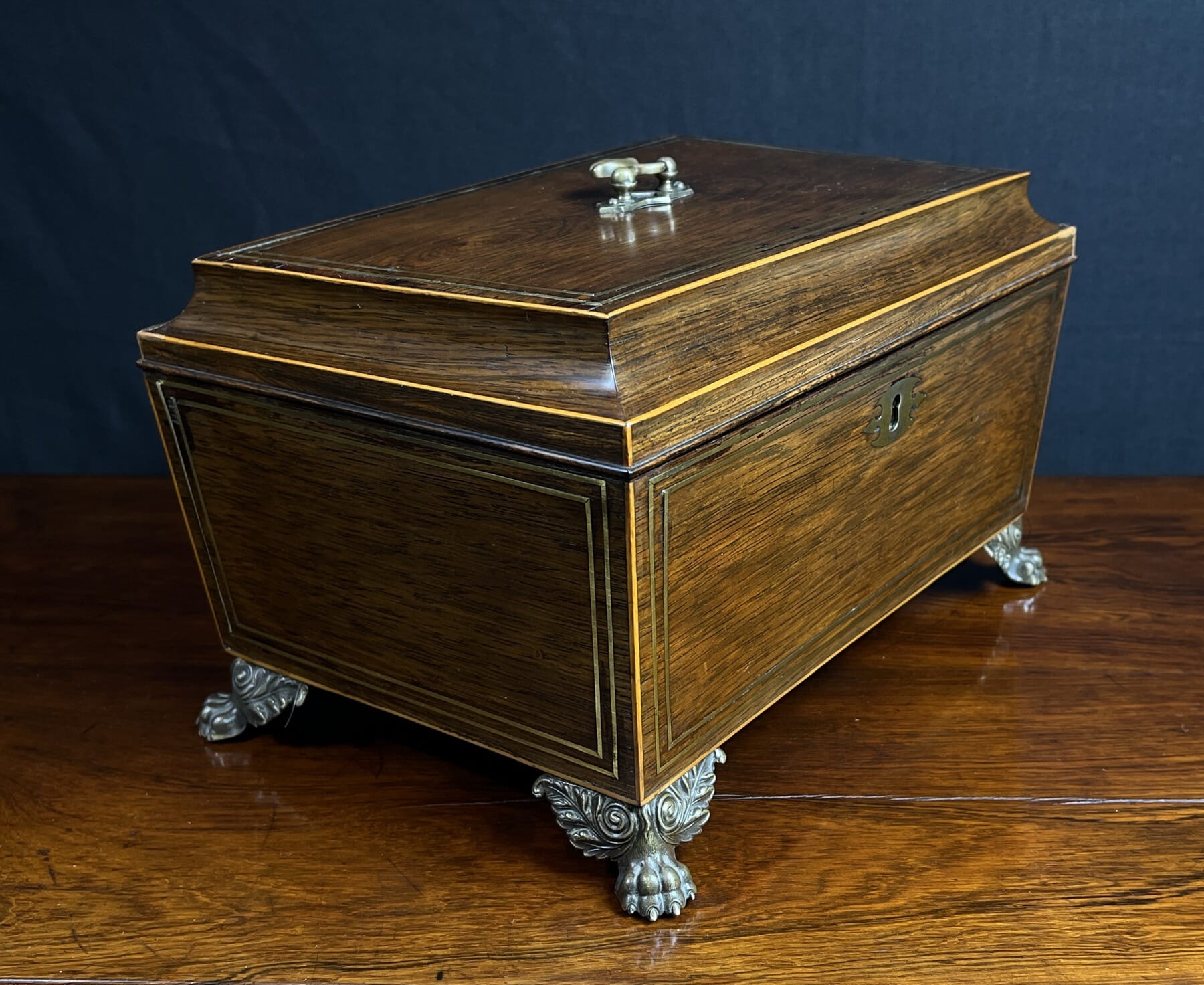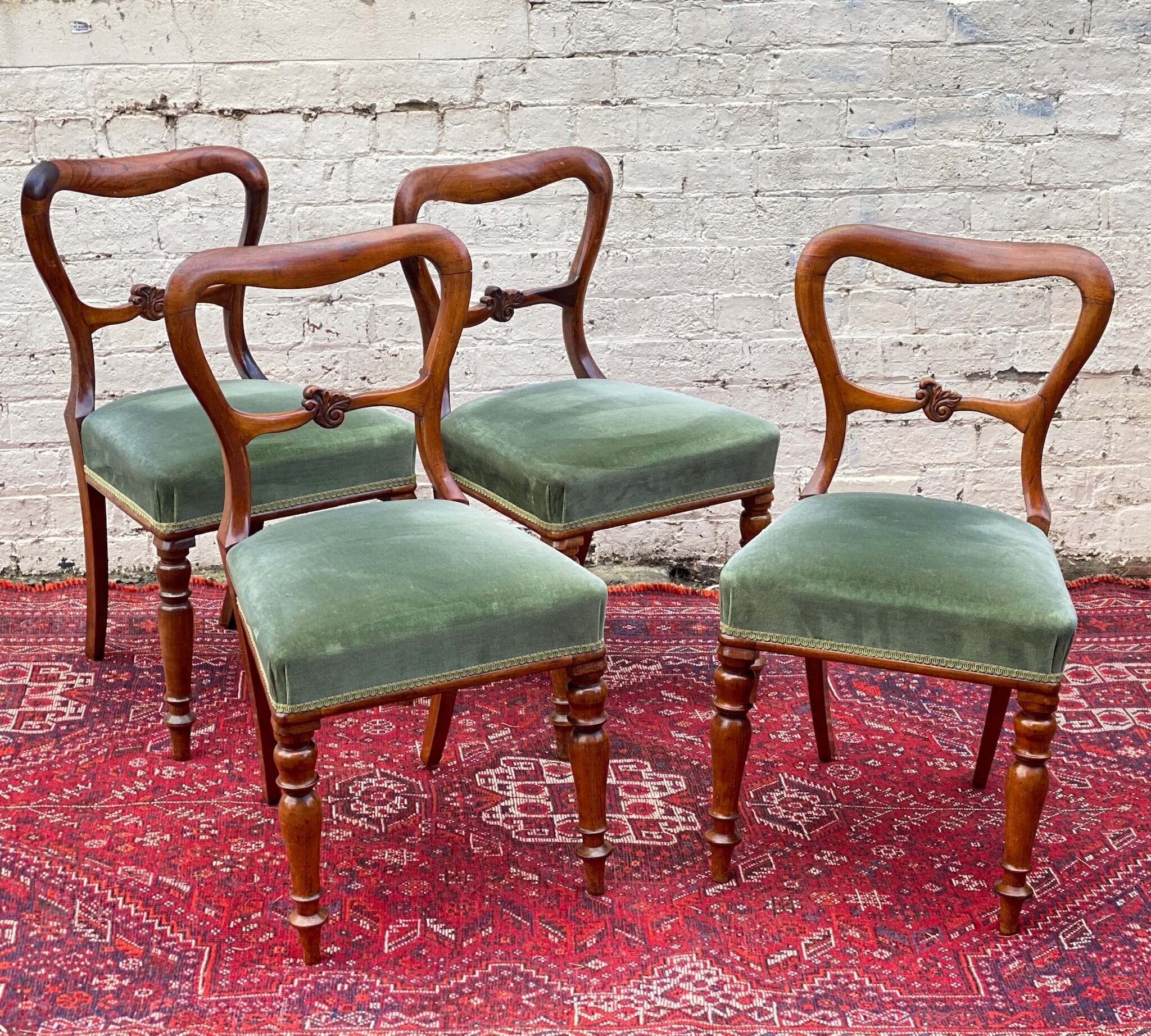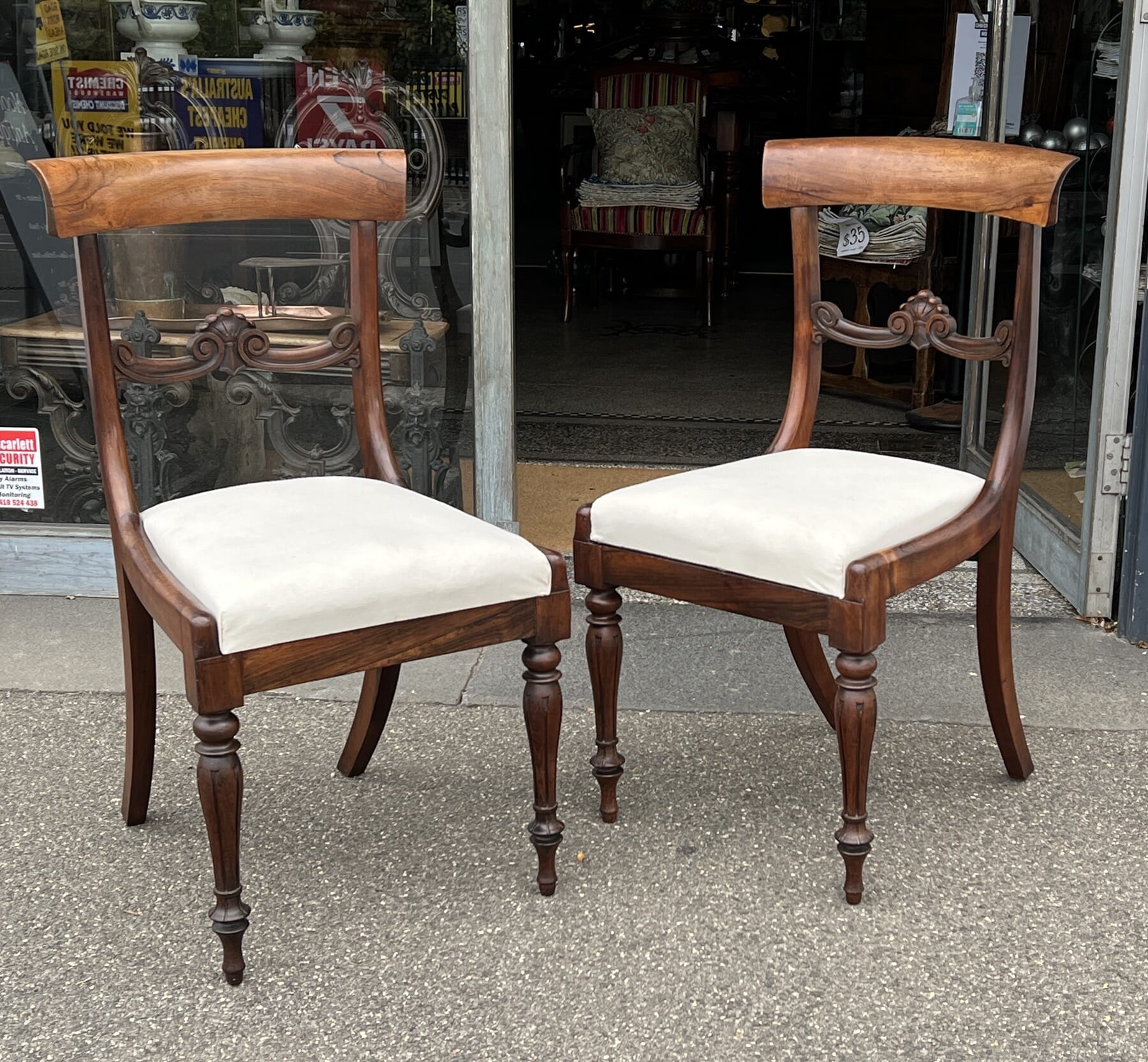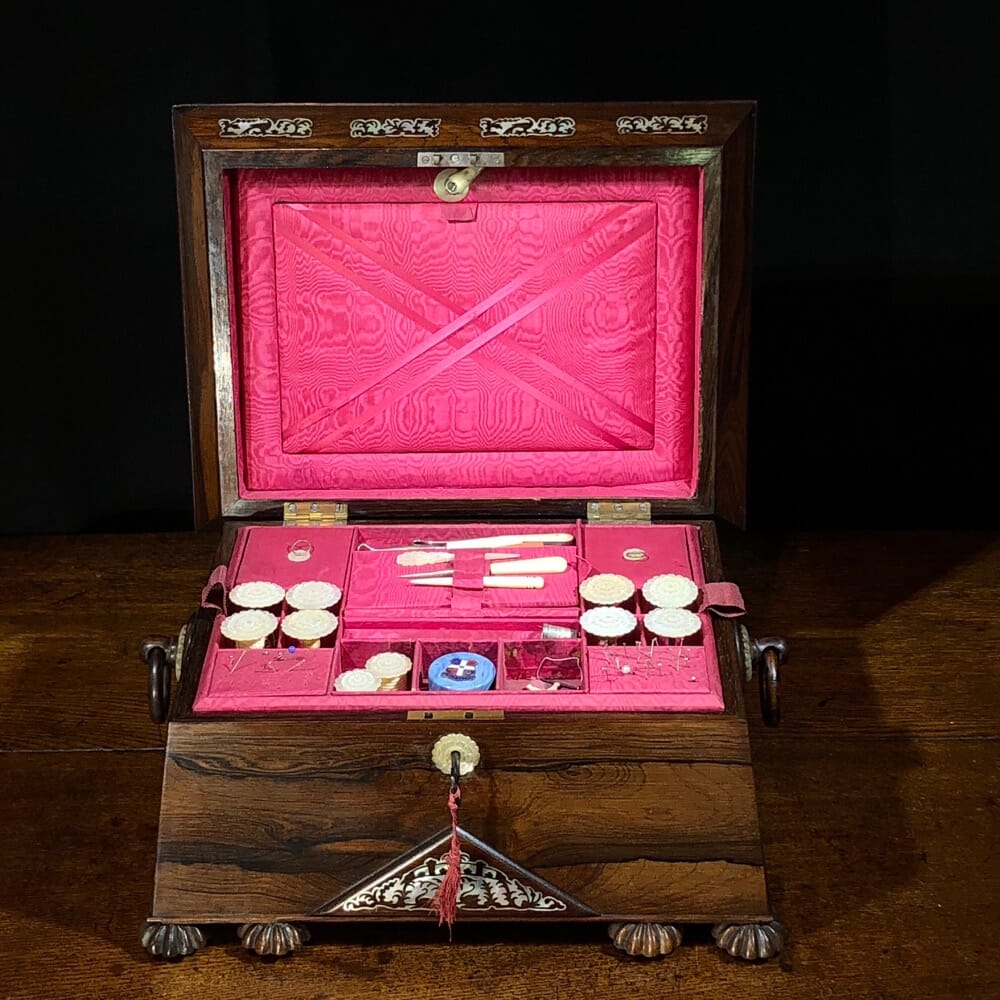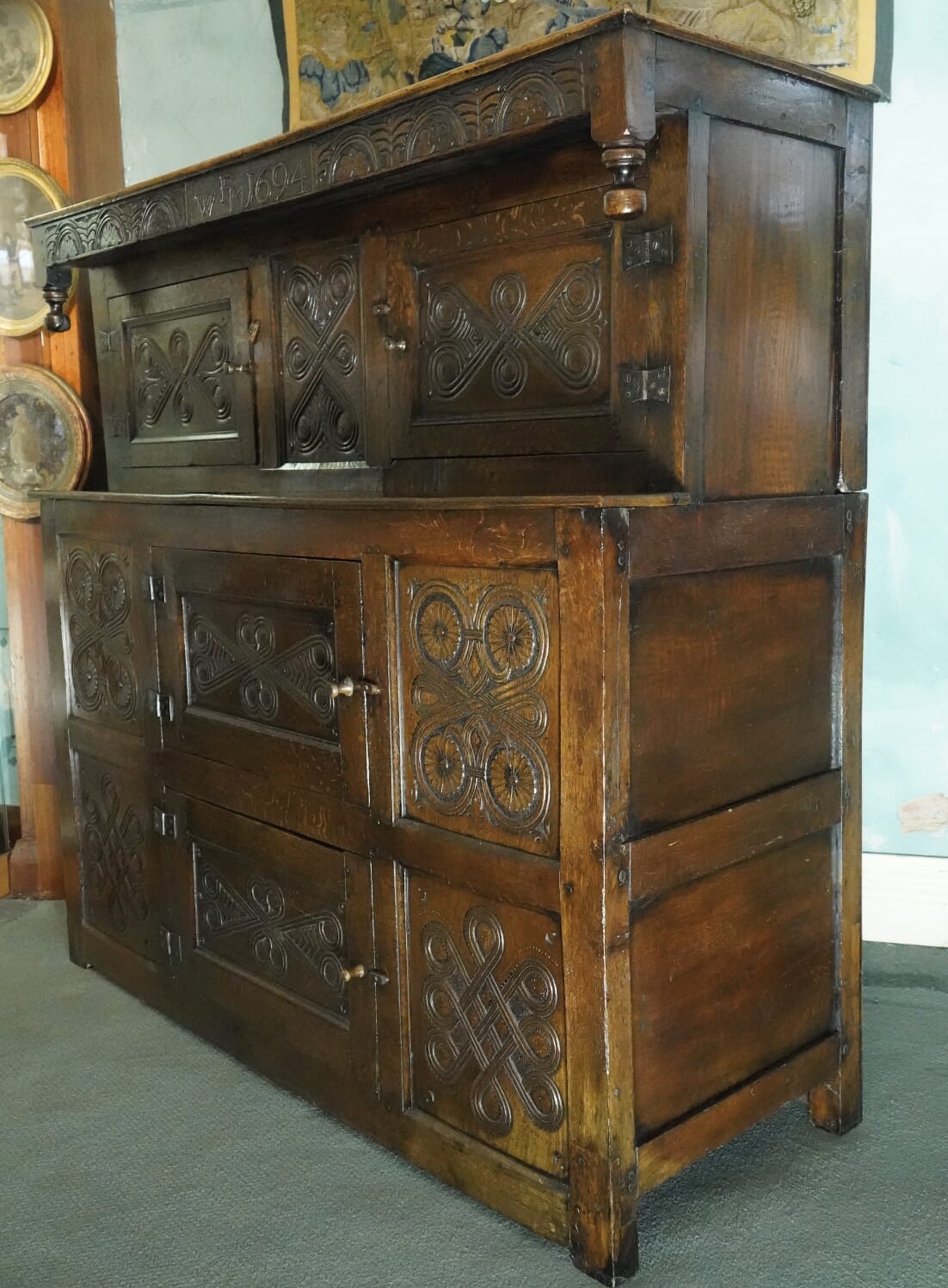
This handsome large piece of early Oak furniture is sometimes called a ‘Court Cupboard’, although this should really refer to a more open version intended to display the wealth of a household for all to see. With its enclosed doors, this example fits the definition of ‘cwpwrdd deuddarn‘, meaning ‘cupboard two-piece’. This literally describes their construction, in two parts, a feature that was not necessary in a construction sense, but certainly a help when being moved – speaking from practical experience!

They have their origins in the Medieval period, where a large, solid cupboard would act as a safe place to stash your valuables. Housed in the main chamber. they were the equivalent of a sideboard. You could keep all your pottery platters, mugs, the pewter – and in wealthier households, any silver plate that was needed to impress guests. The tops would surely have made a fine display space for status symbols such as nicely polished brassware and blue & white delft.
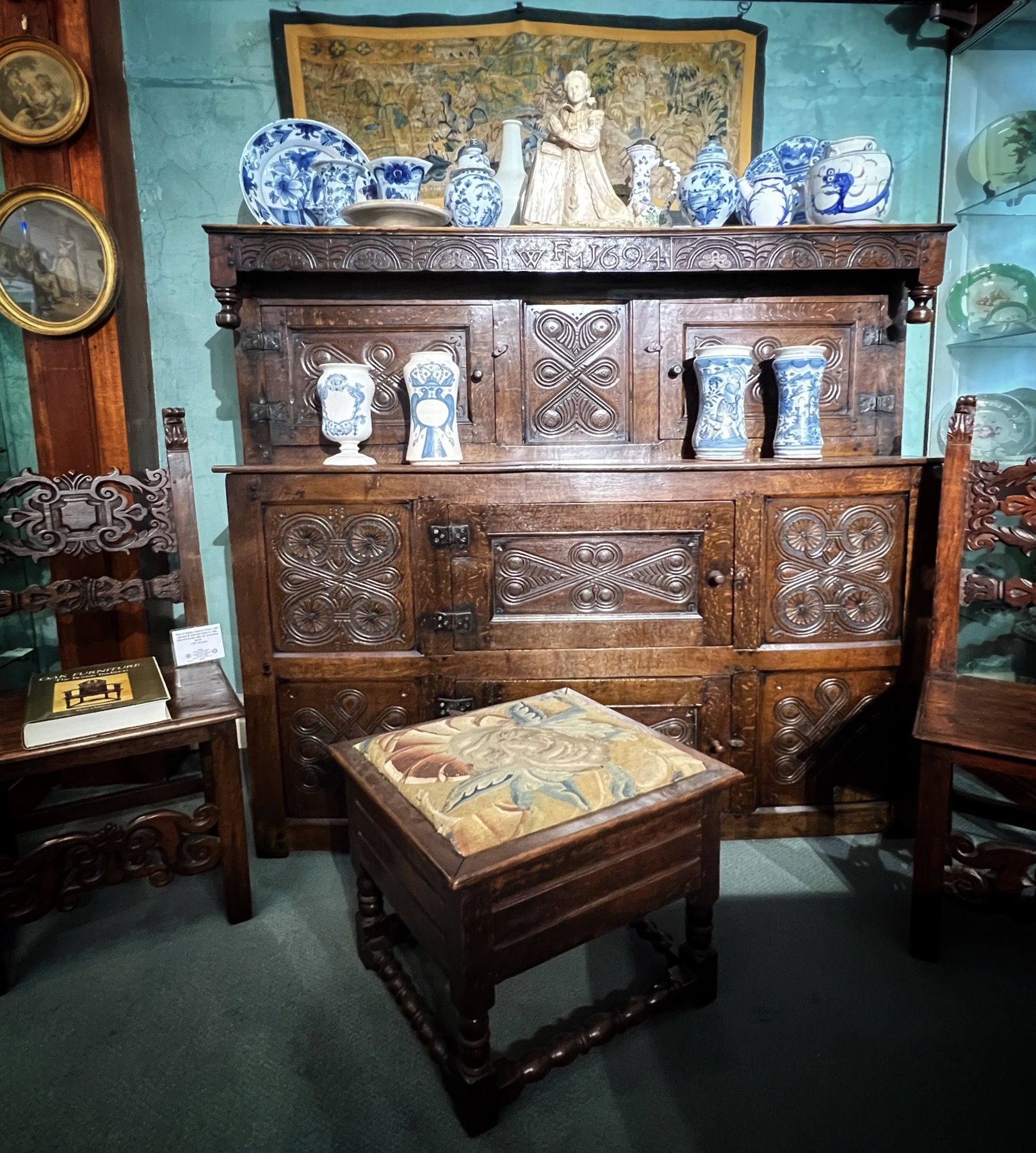
What makes this example particularly appealing is the colour; it has a lovely honey tone, with an excellent patination. Some can appear ‘black’, and on closer examination, there is a layer of dark varnish over the oak. This varnish was a favorite of the Victorians who believed anything old, large & heavy had to be blackened to look authentic….
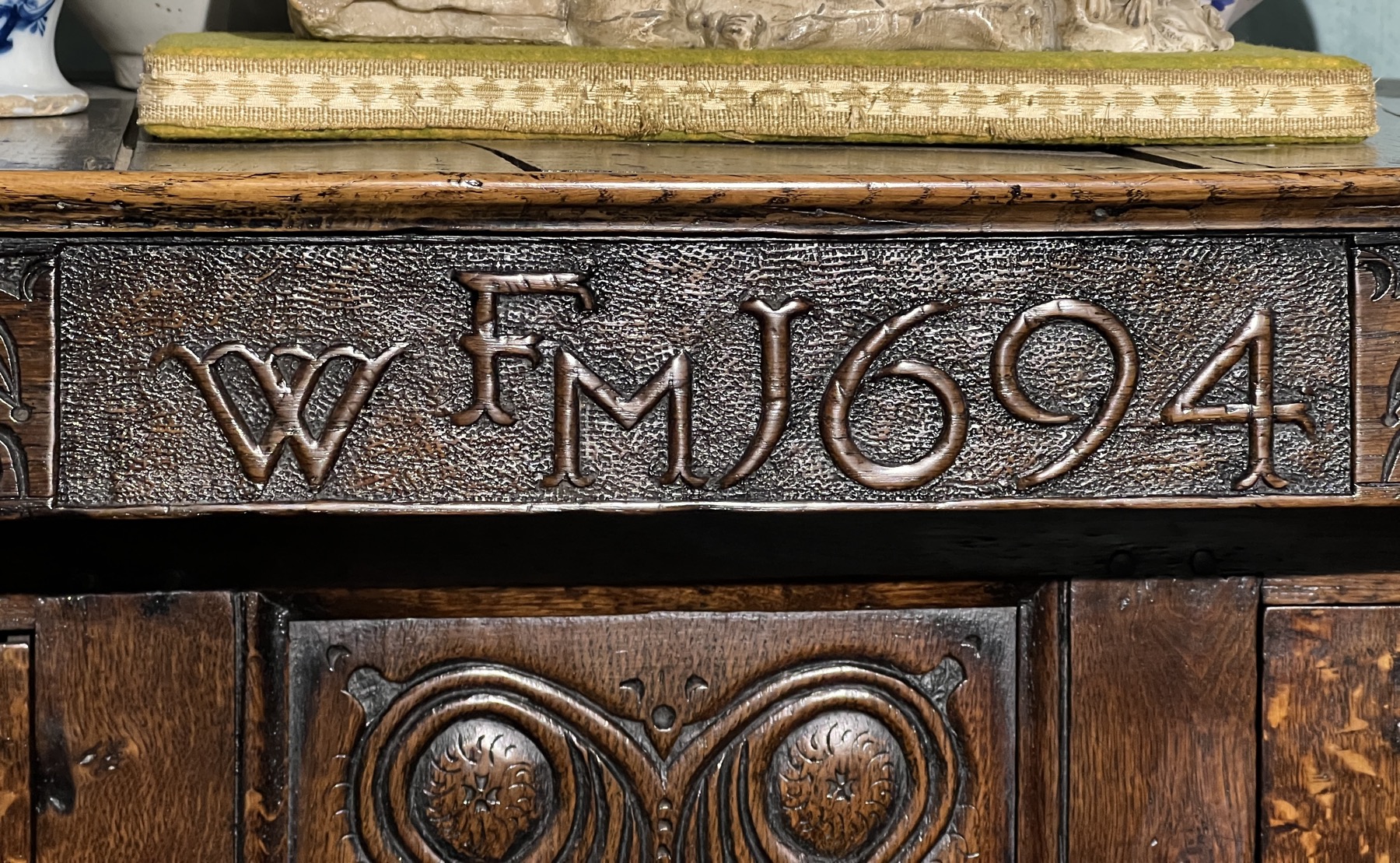
The date is original; it is wise to view such dates with scepticism, as they were also a favorite alteration of genuine pieces undertaken by the Victorians; however, the patination is consistent and the carving harmonious .
The initials are another part of the story; the represent a marriage, with the family name in the center starting with ‘F’. Their names were ‘W’ and ‘M’ – let’s call them ‘Wmffre & Megan Fluellen’. This lavish piece of furniture was commissioned for the well-to-do couple in 1694, quite possibly as a marriage piece.

In the wonderful 2-volume book on ‘Welsh Furniture’ by Richard Bebb, it was a pleasant surprise to discover a remarkably similar example. Page 325 bears several deuddarn examples from different regions, but no. 567 stands out: when viewed next to our example, we see the same principal construction methods, the same details such as the pendants or ‘droppers’ on the upper corners, but most of all, the doors have the same carving. This elaborate series of scrollwork is almost Celtic in appearance, and this is no coincidence; a strong association with the distant past was always present amongst the Welsh, and their ancient pagan memories of ritual spirals representing eternal truths were surely echoed in these designs.

The book places the origin of this piece as ‘possibly Breconshire’, a region of central Wales. Such opinions of regional styles are formed by furniture connoisseurs over a lifetime, depending on examining pieces that are in situ in undisturbed family farmhouses , and especially in the small local parish churches. What is fascinating is the dates found on both these very similar pieces. Our example is dated 1694; theirs is 8 years later, 1702. There are differences in the layout of the doors, and the doors on ours are all carved vs, just the top 3 of the illustrated. However, the similarities allow us to attribute this magnificent piece to ‘possibly Breconshire’, and isn’t it great to have an actual date – 1694 – rather than having to take a ‘Circa’ guess!

